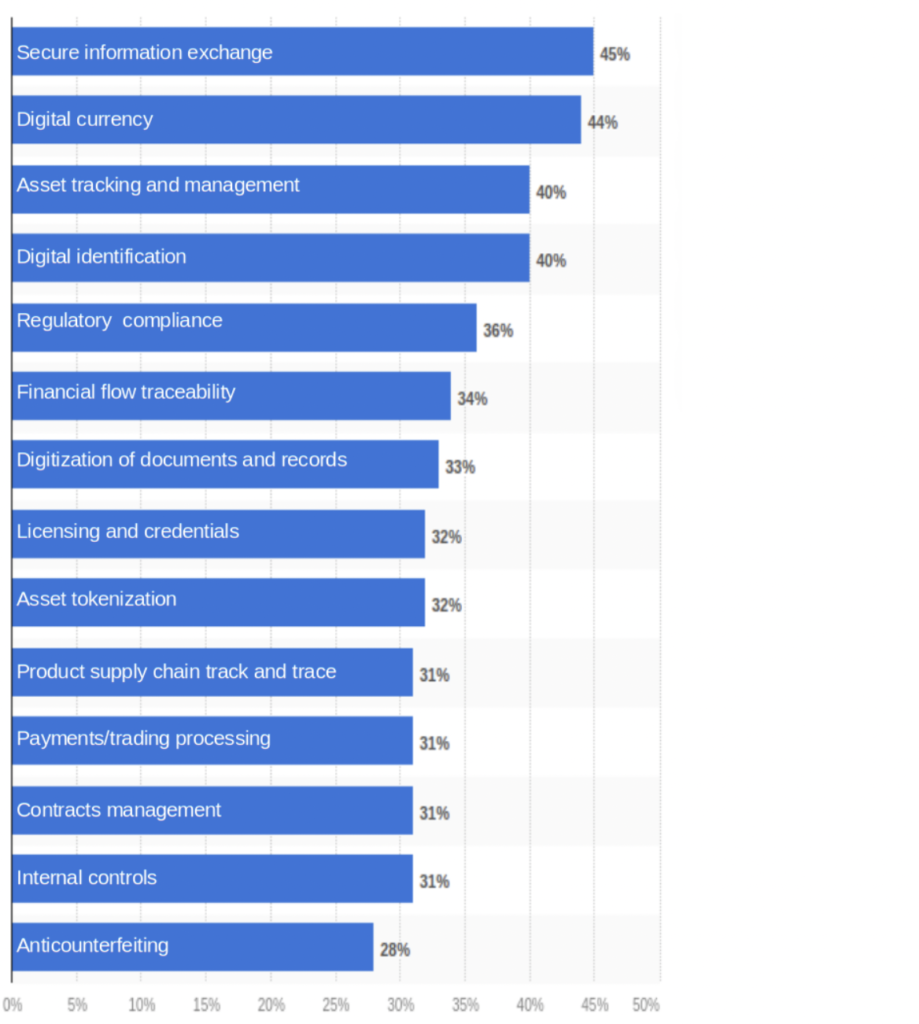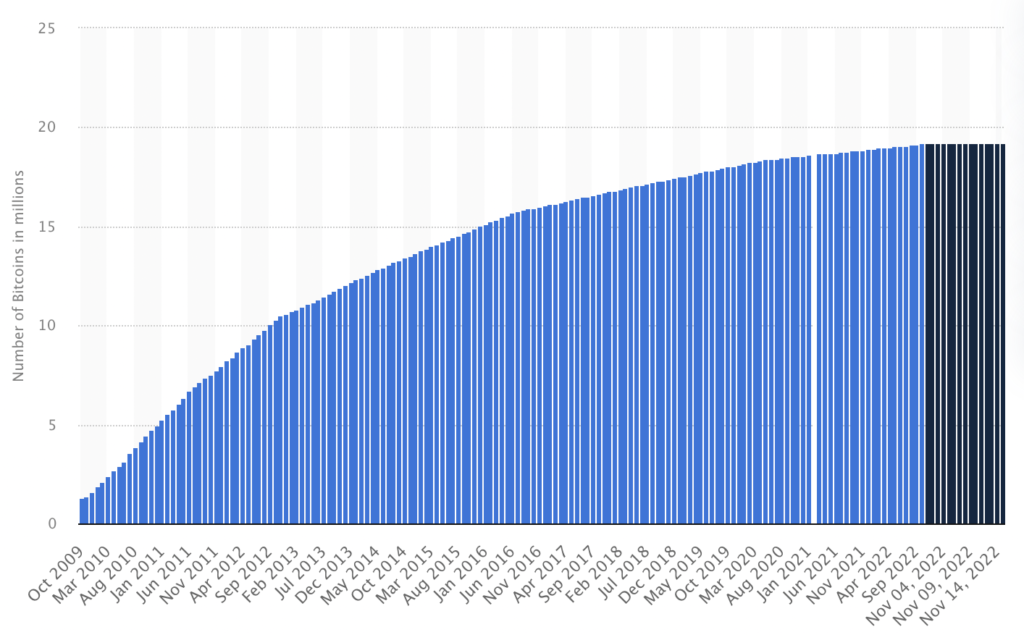Most people have a false impression of what Bitcoin and blockchain technology are. Blockchain, the underlying ledger technology of bitcoin, is even less well-known. It’s even more interesting to know that the blockchain is not a material substance that humans can clearly conceive of.
Isn’t it interesting how blockchain technology has become central to the whole idea of digital currency? In other words, the concept of “digital currency” would not exist without this technology.
Although some consumers are already making regular use of Bitcoin for both little purchases and larger investments, most individuals have not decided to purchase Bitcoin and have no intentions of doing so in the near future. Still, the blockchain has many uses outside of cryptocurrencies, so it continues to affect them in other ways.
Let’s see if we can pique your curiosity about blockchain technology.
What Most People Don’t Know About Blockchain and Bitcoin
You’ve likely heard of Bitcoin Billionaire and other trading systems and pondered how extensive and widespread the digital asset business is. But today we’ll take a look at the offbeat aspects of Bitcoin and the blockchain record technology it uses, shifting our focus away from its spectacular nature.
Learn some cool and fascinating data about Bitcoin, the first-ever cryptocurrency:
Blockchain is currently being used by 4.2% of the total population.

Blockchain is having a major influence on numerous businesses throughout the world. The blockchain is currently not being actively used by the majority of people, though. There are just 320 million direct users worldwide at the moment. That’s equal to 4.2% of the total world population in 2022.
Even so, the blockchain still has a big effect on a lot of people’s lives. In some way or another, the financial sector frequently uses blockchain. Professional artists also use it to preserve copyrights, which influences those that might accidentally exploit their work without authorization.
The Mysterious Bitcoin Founder
Since its start in 2009, there have been many ideas about who Bitcoin’s supposed creator really is.
In fact, there are those who claim that Samsung, Toshiba, Nakamichi, and Motorola all contributed to the creation of Bitcoin.
At the center of this confusion are people like Australian businessman Craig Wright, who in May 2016 asserted that he was the inventor of Bitcoin. However, it turned out that he was just another scam artist.
Many others lost money because he and his coworker tried to “dump” Bitcoin Cash, a coin of cryptocurrency. Notwithstanding, he bought a Limbo with the stolen money from the scam.
To this day, nobody knows for sure who “Satoshi” is.
Blockchain utilizes private keys for cryptocurrency security.
A distributed ledger of digital addresses and keys that show who owns and controls digital tokens controls cryptocurrencies. A private key is a unique identifier used in cybersecurity that functions similarly to a password. This is what the blockchain infrastructure rests on.
In base-ten encoding, a private key could have hundreds of digits, making it hard to brute-force break for years. If the private key is lost, the wallet can no longer be used for purchases, withdrawals, or transfers.
Therefore, the private key must be kept secret. The private key to a virtual wallet can be stored in a number of different places. That’s why you should probably treat the secret code as more crucial than your own personal wallet in your pocket.
Blockchain security may surprise you. The length of a blockchain private key is 256 characters. To crack the blockchain with various attacks would take more than a septillion years (10 followed by 24 zeros).
Just 19 million bitcoins are in circulation.

Transactional efficiency plays a relatively small role in consumers' decisions to purchase Bitcoin. Many more people are curious about the underlying blockchain technology or are considering buying some cryptocurrency. So, many people focus on market capitalization and similar indicators in an effort to profit from Bitcoin's fluctuation. Because of this, Bitcoin could be a good investment, but some businesses may be hesitant to accept it as payment because of how much it changes - Statista
Figures for this coin have been steadily rising since its origin in late 2009. At first glance, the price spikes in 2017 and 2020 don’t seem to have had much of an impact on the total quantity of bitcoins in circulation.
Bitcoin’s hard limit is essential to its appeal as a currency and investment vehicle. Bitcoin has proven to be a good way to store value, just like gold and real estate, because there are only so many of them.
Each Bitcoin block is now worth twice as much as it was four years ago, but that will change every four years until it’s impossible to mine.
The first bitcoin-purchased pizza
Laszlo Hanyecz is regarded as the first person to actually buy something with bitcoin. You may be shocked to learn that in 2010, he spent 10,000 bitcoins on just two pizzas. In those days, $10,000 BTC was worth $41, which is equivalent to $169,000,000 in 2022. This suggests that the purchase price per bitcoin was around $0.004.
Regardless of how foolish his actions may have been, from that point on, he legitimized bitcoin as real money. It shows how useless bitcoin was in the past but how it is now nearly surpassing all other industries.
Libraland chooses bitcoin as the national currency
To date, Bitcoin has only been adopted as the official currency in the sovereign micronation of Libraland.
By making Bitcoin the official currency, the new country can save money on things like state typography, designing and making banknotes, and security measures.
Even if Liberland fails, it will still provide a significant improvement in our understanding of how Bitcoin and blockchain technology work in the real world. Also, if this new European country is successful, it will become a paradise for Bitcoin fans.
Bitcoin and the Blockchain Will Completely Transform Our Future
Bitcoin was made in the high-digital 21st century, so it has a lot of oddities, just like the people of today. The value of blockchain and cryptocurrencies like bitcoin, however, will become clear much farther down the road.
It was both new and useful, so it was different from what we usually know about economics and money. The advent of Bitcoin, after all, opened our eyes to the prospect of digital cash. As it becomes the norm and is officially accepted in more places, we may be able to fully understand it. For this reason, keep checking back here for further updates on the blockchain and cryptocurrency markets.






Leave a Comment